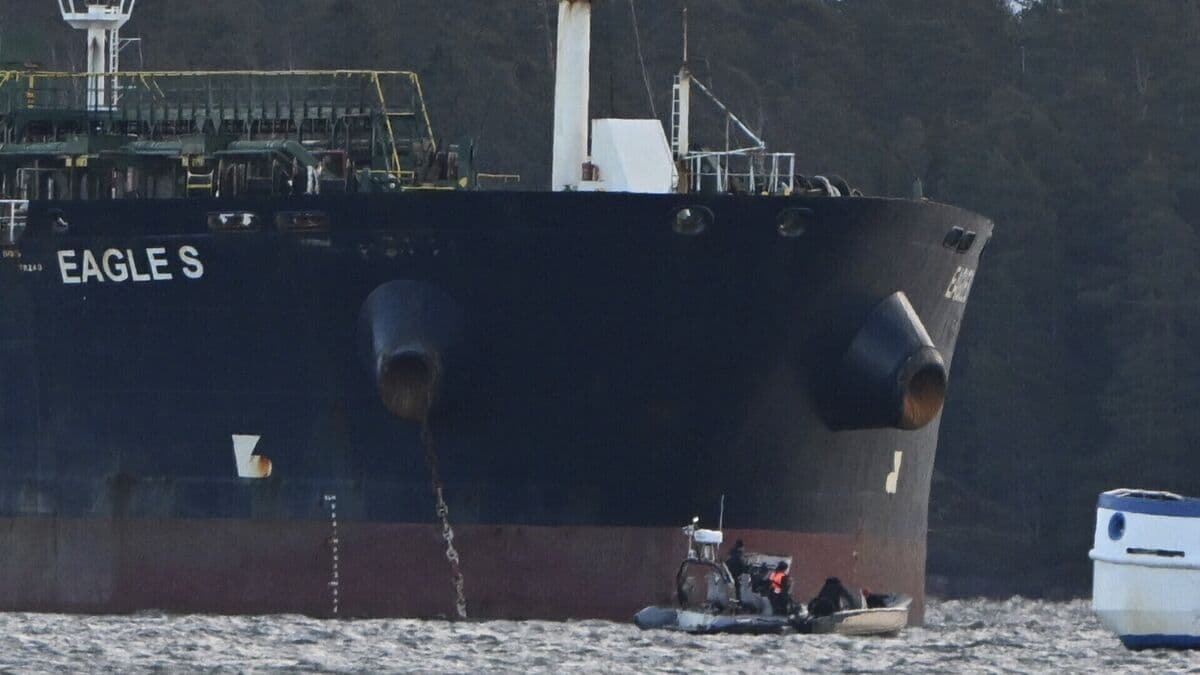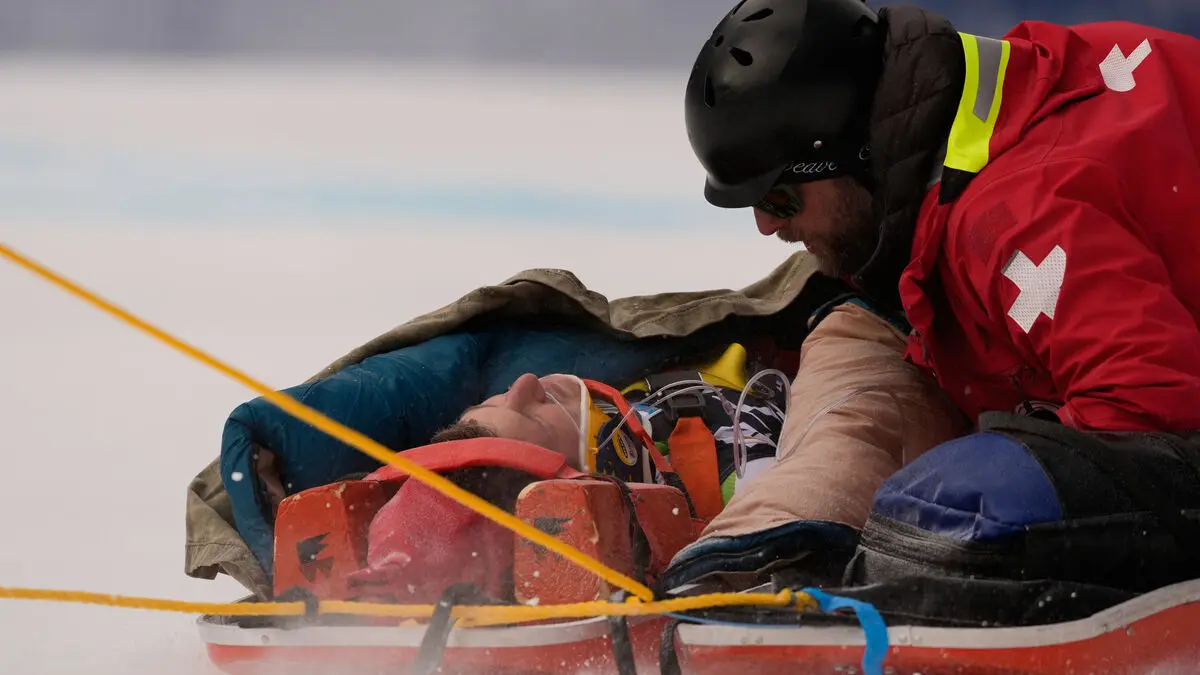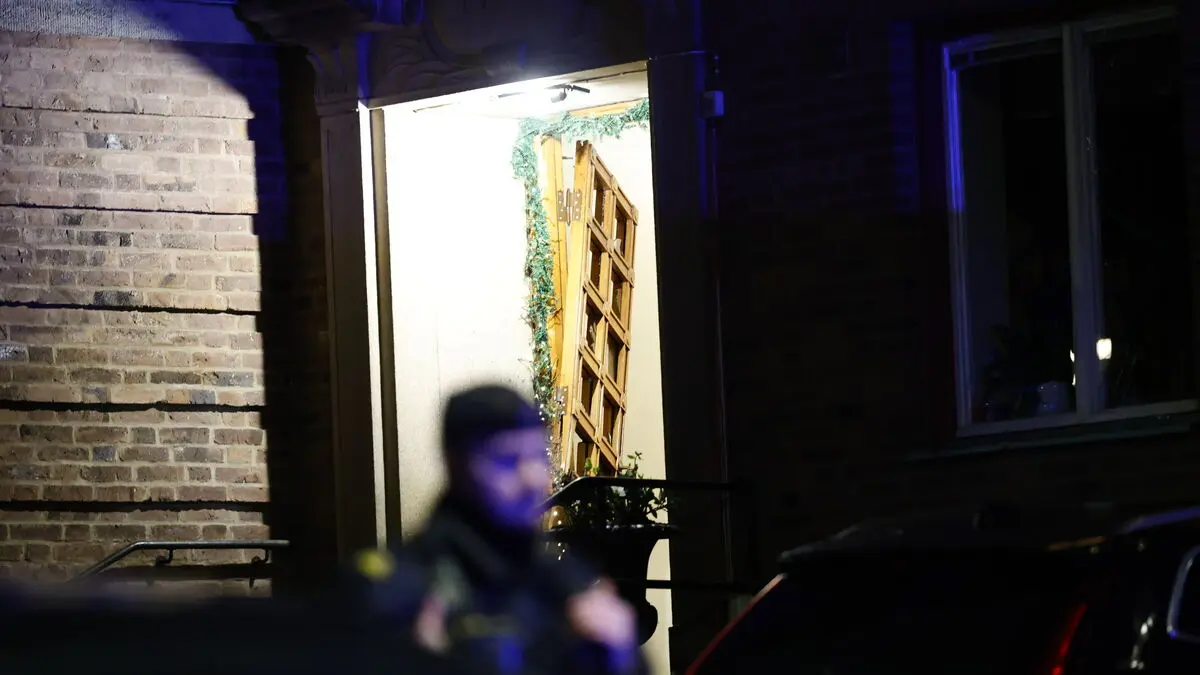It was on Christmas Day 2024 that the cable breaks were discovered on Estlink 2 and a number of other underwater cables in the Gulf of Finland.
Suspicions were directed at the ship Eagle S, which had left the Russian Ust-Luga with an oil cargo earlier that day. The ship was suspected of having cut the cables by dragging its anchor behind it on the seabed over a distance of more than 9 miles.
Eagle S is flagged on the Cook Islands and has been considered part of the so-called Russian shadow fleet.
Denied the crime
The trial in Helsinki began on August 25 after the police had investigated the cable breaks for more than half a year.
According to the indictment, the captain, from Georgia, and the two helmsmen, from Georgia and India, together and with intent had damaged the cables and thus caused damage and endangered the energy supply and other important social functions. The charge was gross sabotage and gross disruption of postal and telecommunications traffic.
The captain and the helmsmen have denied the crime and have claimed that it was an accident.
The defense has considered that Finland lacks jurisdiction in the case, since the cable breaks occurred on international waters – with reference to the UN Convention on the Law of the Sea.
Not authorized
Now the district court has come to the same conclusion and considers itself not authorized to judge in the case, which in practice means that the district court dismisses the indictment against the sailors and the court does not take a position on whether they are guilty of the crimes they have been charged with.
In its decision, the district court states that the criminal jurisdiction lies with the courts in the flag state of the tanker or in the countries where the defendants are citizens.
The trial cost the Finnish state almost 200,000 euros, according to Yle. The state will have to reimburse the trial costs of the accused sailors.





